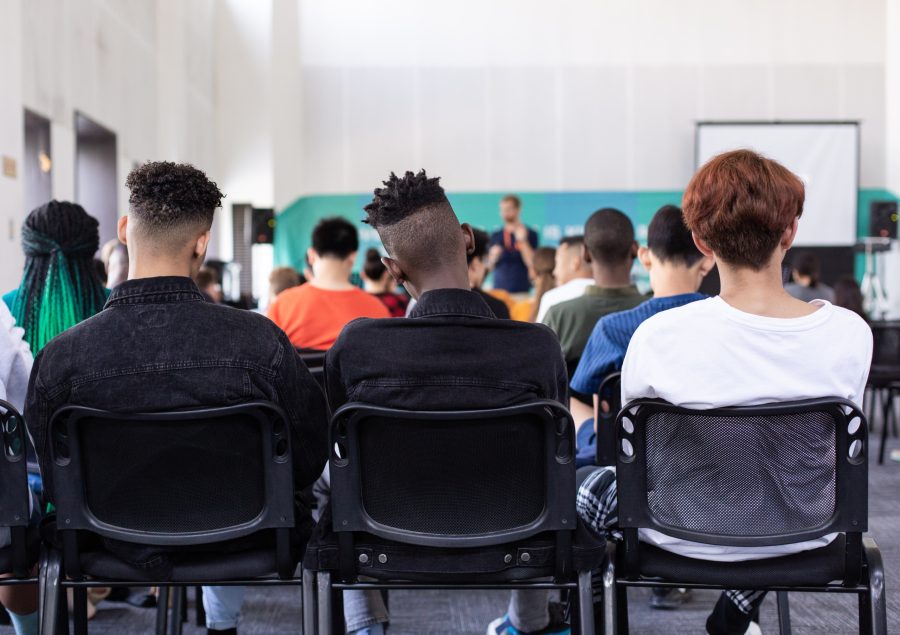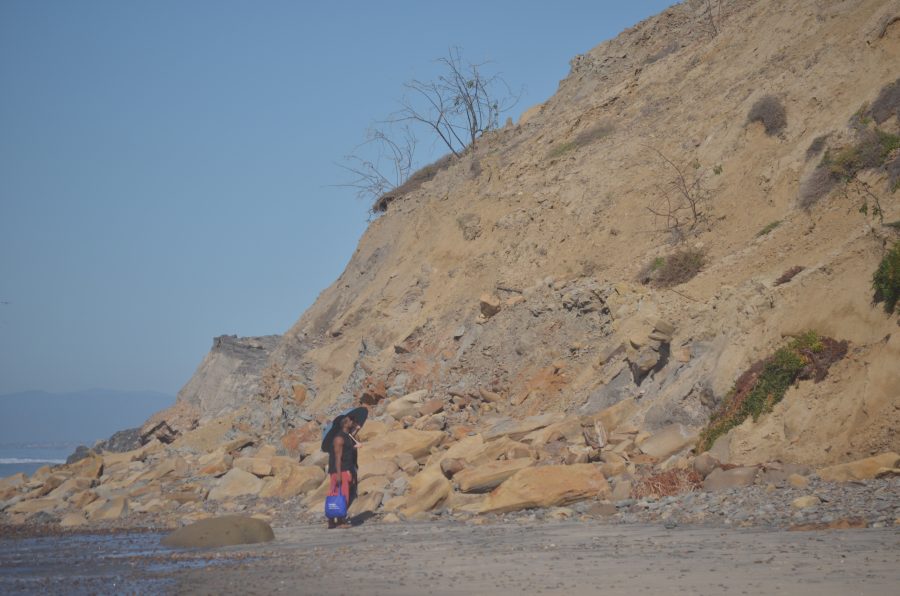Age plays a greater role in semen fertility than previously thought, since semen quality declines with each passing year according to a study conducted by researchers at UC Berkeley and Lawrence Livermore National Laboratory.
Researchers examined 97 men between the ages of 22 and 80.
They discovered that while age had an effect on semen volume, the more significant impact was on sperm motility, which was found to decrease by 0.7 percent per year. This means that at age 22, the chance of sperm motility being clinically abnormal is 25 percent, reaches 40 percent by age 30, 60 percent by age 40, and rises to 85 percent by age 60.
Researchers also noted that progressive motility also started to decrease in men aged in their twenties by 3.1 percent per year.
The study demonstrates why paternal age matters. The findings were published in the Feb. 6 issue of Human Reproduction.
Internet now first source of media for most
Because more than 70 percent of Americans who use the Internet now consider online technology to be their most important source of information, the Internet now ranks higher than all other media as an information source, according to findings in Year Three of the UCLA Internet Report.
When Internet users were asked to rank the importance of major media, 61.1 percent said the Internet was very important or extremely important, surpassing books (60.3 percent), newspapers (57.8 percent), television (50.2 percent), radio (40 percent) and magazines (28.7 percent). Even among Internet users with less than one year online, 52 percent said that the Internet is very important or extremely important.
The top online activity in 2002 was e-mail. Other activities, in decreasing order of popularity are instant messaging, Web surfing or browsing, reading news, shopping and buying online, and accessing entertainment information.
By comparison, television remains the most important source of entertainment, with the Internet ranked fourth.
Majority of children born in Calif. now Latino
The majority of children being born in California are Latino, according to a study conducted by the UCLA Center for the Study of Latino Health and Culture.
In the summer of 2001, more than half of the babies born were Latino. Specifically, 45.5 percent of the births in San Diego County that year were Latino. Though more than two-thirds of Latino babies were born in Southern California, researchers also noted that Latino births now occur in nearly all counties, signalling a shift in the state’s future demographic trends.
The trend in the increase of Latino births can be traced to 1975, when 26.5 percent of the births in California were Latino. In 1980, that number had risen to 29 percent, and then 31.1 percent in 1985. In 1990, the number of Latino births had increased to 38.6 percent, followed by another increase to 45.8 percent in 1995.
Annual snow globe show at Geisel Library
The UCSD Arts Libraries will present their annual snow globe show until Feb. 17 in the lower level of the Geisel Library.
The exhibit features original snow globes and snow globes bought at souvenir shops. For more information call (858) 534-8074.
Lecture to discuss women in science, engineering
A UC Regents lecture titled “”The Unfinished Agenda: Women in Science and Engineering”” will be presented by Dr. Elga Wasserman in the Copely International Conference Center at the Institute of the Americas on Feb. 11 at 6 p.m.
Wasserman will discuss the fact that though the number of women earning degrees in science and engineering has increased dramatically over the past 25 years, women remain scarce in the senior ranks of disciplines in both industry and academia.
Wasserman will discuss possible causes for this imbalance and will suggest steps that institutions and individual women can take to remove the barriers that continue to hinder the advancement of female scientists and engineers.
For more information call (858) 534-6237.







